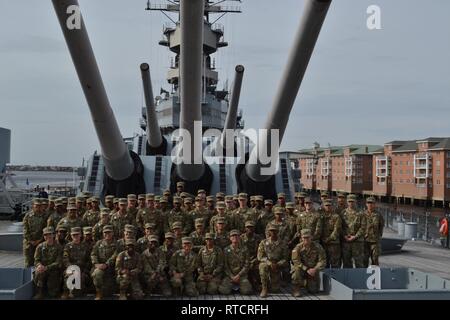

Thomas in the subsequent Battle of Nashville, the Army of Tennessee retreated with barely half the men with which it had begun the short offensive, and was effectively destroyed as a fighting force for the remainder of the war. The Confederate assault of six infantry divisions containing eighteen brigades with 100 regiments numbering almost 20,000 men, sometimes called the " Pickett's Charge of the West", resulted in devastating losses to the men and the leadership of the Army of Tennessee-fourteen Confederate generals (six killed, seven wounded, and one captured) and 55 regimental commanders were casualties.

John Schofield and was unable to prevent Schofield from executing a planned, orderly withdrawal to Nashville. John Bell Hood's Army of Tennessee conducted numerous frontal assaults against fortified positions occupied by the Union forces under Maj. It was one of the worst disasters of the war for the Confederate States Army. Though a significant number of Native American warriors were said to have been killed, only one colonial soldier died during that battle, Corporal White.The Second Battle of Franklin was fought on November 30, 1864, in Franklin, Tennessee, as part of the Franklin–Nashville Campaign of the American Civil War. That area became the battlefield on September 10, 1782, where the Native Americans made their last stand.įierce fighting ensued. The Cherokee fled through the area where the Sugarfork and Cullasaja streams merge finally moving to an area which had been the site of an old, previously destroyed Cherokee village called Sugartown. Led by Major Daniel Bryson, these soldiers pursued one of these bands into the area where Western Carolina University is now located, over the Cullowhee Gap and down into Elijay. Late in the summer of 1782, a group of regular soldiers from General Andrew Pickens’ Brigade of South Carolina diligently pursued marauding bands of Cherokee who had been raiding frontier settlements in western North Carolina. Once the Continental Congress proclaimed independence in 1776, and fighting ensued between the united colonies and the crown, the British began encouraging the Native American Nations, including the Cherokee, to fight the colonies while supplying them with ammunition to do so. Photo from chapter archives Monument to Corporal White History - The Battle of Sugartown We honor our revolutionary ancestors, recognize outstanding citizens in our area, and sponsor history essays. In addition to our regular monthly meetings, our chapter sponsors educational awards and scholarships, supports Crossnore School and Children’s Home, and volunteers with our veterans. We enjoy our volunteer activities and are proud to make a difference in the lives of our community, state, and country. We pride ourselves in carrying out the goals and projects of the DAR, but also on being a chapter that enjoys outstanding fellowship. Our focus is to promote the DAR objectives of historic preservation, education, and patriotism through interesting chapter programs and activities. Our chapter holds luncheon meetings on the second Monday of the month, March through December. Please contact us (see button in the left menu) to learn more about our active and civic-minded organization. We hope the information found here will prove helpful. Welcome to the Battle of Sugartown Chapter, National Society Daughters of the American Revolution (NSDAR or DAR), website.


 0 kommentar(er)
0 kommentar(er)
